- All Posts
- Inflation Reduction Act: What Can I Do with It?
Inflation Reduction Act: What Can I Do with It?
Unprecedented investment creates significant opportunities to innovate waste and climate harm out of the built environment
The Inflation Reduction Act (IRA) represents a once-in-a-generation opportunity for building owners to innovate waste and climate harm out of the built environment. It directs $386 billion to clean energy spending and tax incentives, making it the largest investment ever made by the federal government to support projects that will have a significant positive impact on our environment.
What does the Inflation Reduction Act mean for building owners?
The IRA presents opportunities for building owners to extend their budgets, meet clean energy needs faster and invest in projects that provide attractive economic returns. Many of our clients can now implement more robust solutions and see more long-term financial benefits than pre-IRA.
Distributed energy resources (DERs) like solar, storage and heat pumps will be more affordable for the building owner, who will also be able to consider more options for design and systems to focus on the desired outcome first rather than the cost. Expanding the existing tax credits to apply more broadly to clean energy solutions pushes us beyond traditional renewables. We can now take a technology-agnostic approach that allows for a wider range of solutions and levels the playing field. Projects will be more tailored to client programming needs, climate goals and local utility grid requirements, among other things.
Mechanical systems play an essential role in every building. A key part of any solution is to design, fabricate and deliver high-performing mechanical, HVAC and plumbing systems that meet project and occupant needs, and also tightening energy codes, policy mandates and carbon reduction goals. The IRA includes multiple programs that will drive building retrofits and upgrades, especially around building performance which will lower costs, deliver energy resiliency and strengthen our economy.
The IRA presents a call to action for us to think big and act boldly to accelerate zero-carbon planning, clean energy deployment and high-performing building retrofits. The building owner can ready their operations for long-term resiliency and eliminate deferred maintenance, accelerate decarbonization and reach equitable outcomes for generations to come.
What are the benefits in the IRA building owners can use?
While we await more specifics, we know this legislation opens the door for implementing a variety of solutions that will reduce the direct cost of creating a more resilient, energy efficient, decarbonized built environment.
We believe success cannot be achieved without a short-term and a long-term view. We encourage our clients to leverage this opportunity to accelerate their long-term energy resiliency and decarbonization efforts. By implementing programs provided by the IRA, our clients can shorten what may have been long-term visions, goals and plans, if leveraged correctly – adding solar and renewable energy, stabilizing energy costs, eliminating deferred maintenance, improving services and more.
This legislation represents a seismic shift that accelerates our industry’s pursuit of decarbonization through incentives aligned with client solutions McKinstry develops and delivers every day. Our Action for Impact plan for transformative change keeps our focus squarely on addressing and solving the climate, affordability and equity crises we face. Our teams are working to support clients nationwide as they lead the way to accelerate investments in their infrastructure, reduce operating expenses and achieve ambitious decarbonization goals.
The time is now to unite and leverage our collective knowledge, innovative thinking and desire for change to lead the way with bold action that has a real and lasting impact on our climate, our communities and our people.
Together, building a thriving planet.
What Type of Projects Fit IRA Incentives?

Solar Photovoltaic (PV) Systems
Solar energy delivers on-site clean energy generation while stabilizing energy costs long term. A holistic, integrated set of services designed to meet budget and infrastructure goals results in maximization of financial savings and carbon reduction.
Projects: Denver Public Schools | Winona State University | Climate Pledge Arena | NW Colorado Municipalities
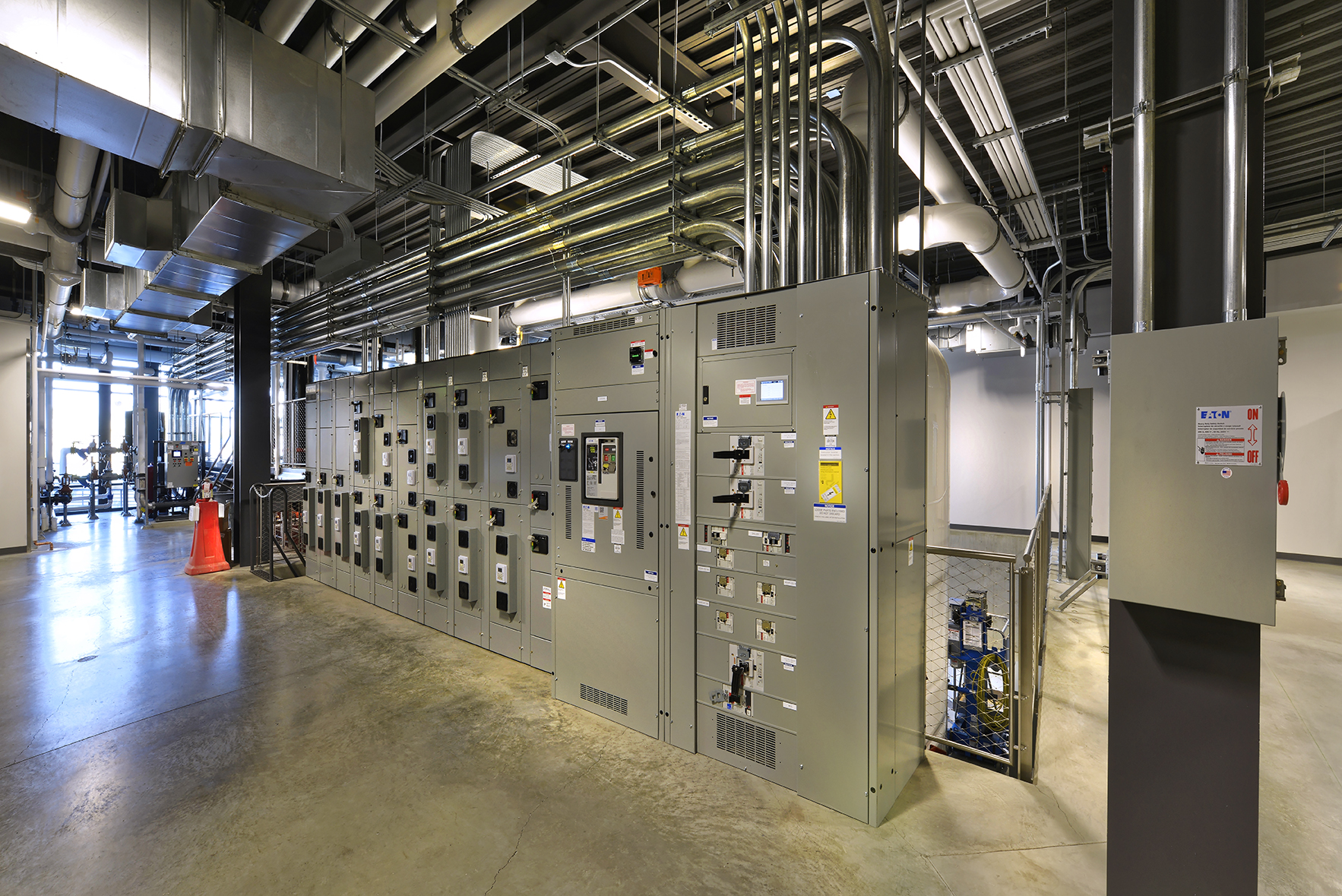
Battery Energy Storage Systems
Battery energy storage systems provide energy certainty for critical operations as extreme weather events continue to intensify. Added with onsite renewable energy systems like solar PV delivers a comprehensive energy and facility operations strategy.
Projects: Morris Center & Spokane EcoDistrict
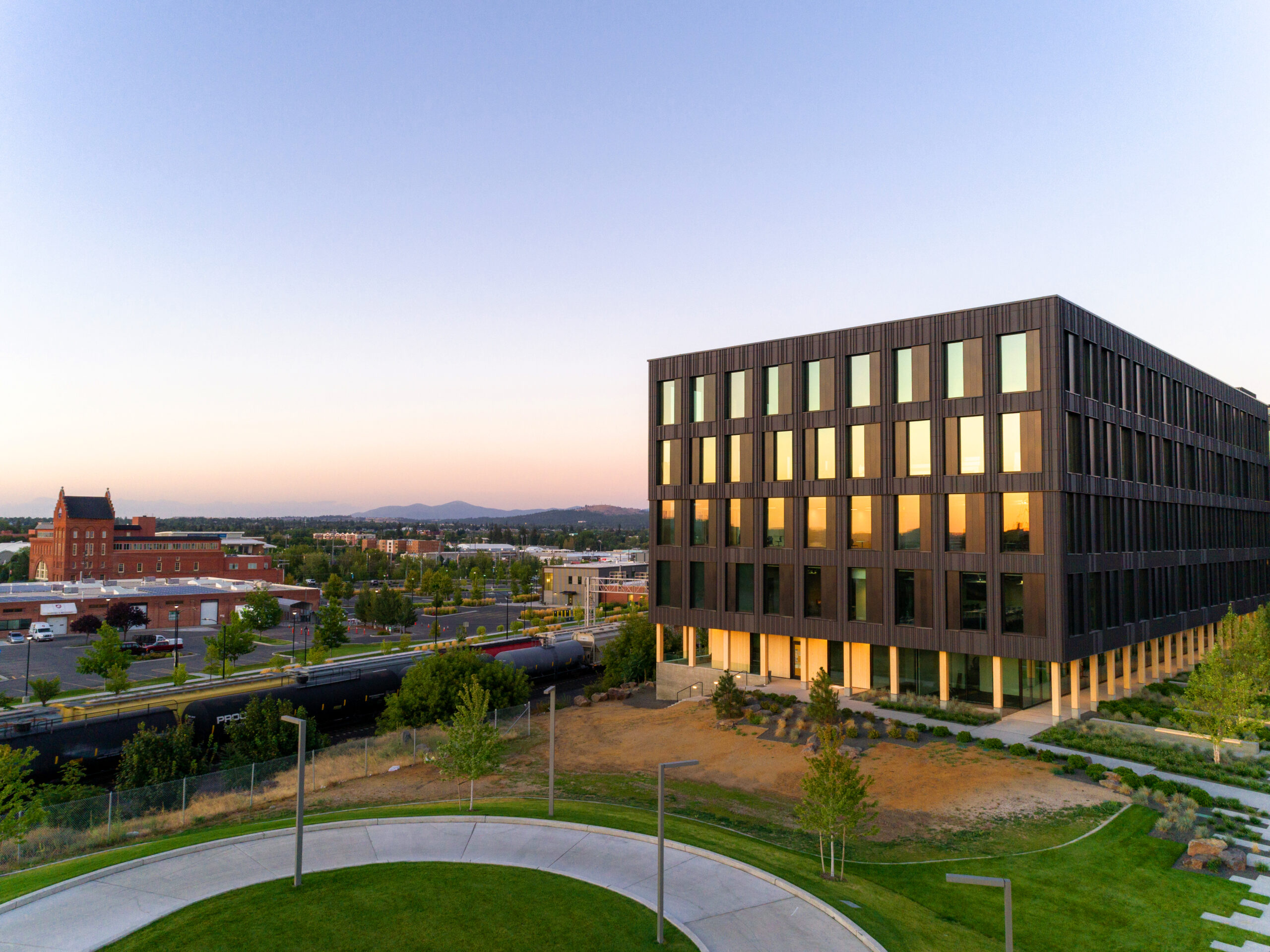
Shared Energy EcoDistricts
Shared energy provides interactive solutions that unify the energy value chain and reimagine neighborhoods as places where energy use is optimized and systems are responsive and efficient. An EcoDistrict reforms the relationship with the utility provider to invest in the community’s infrastructure and future.
Projects: Seattle Central College | Catalyst Building
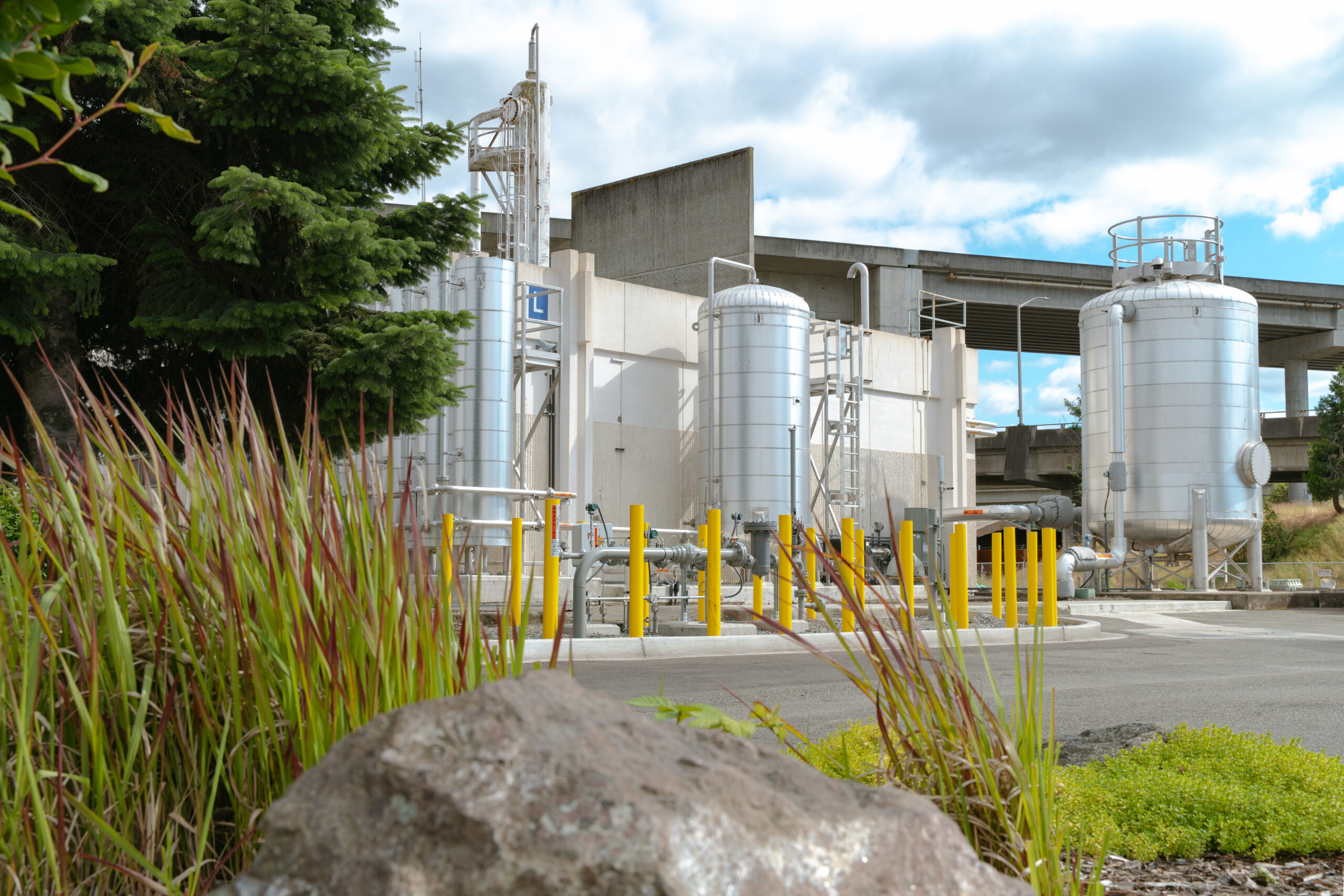
Wastewater & Biogas Treatment
Transforming wastewater treatment plants to produce Renewable Natural Gas (RNG) creates clean, natural fuel, reduces tons of greenhouse gas from the environment and results in savings and revenue opportunities for municipal leaders. A healthy environment and a healthy economy go hand in hand.
Project: City of Tacoma
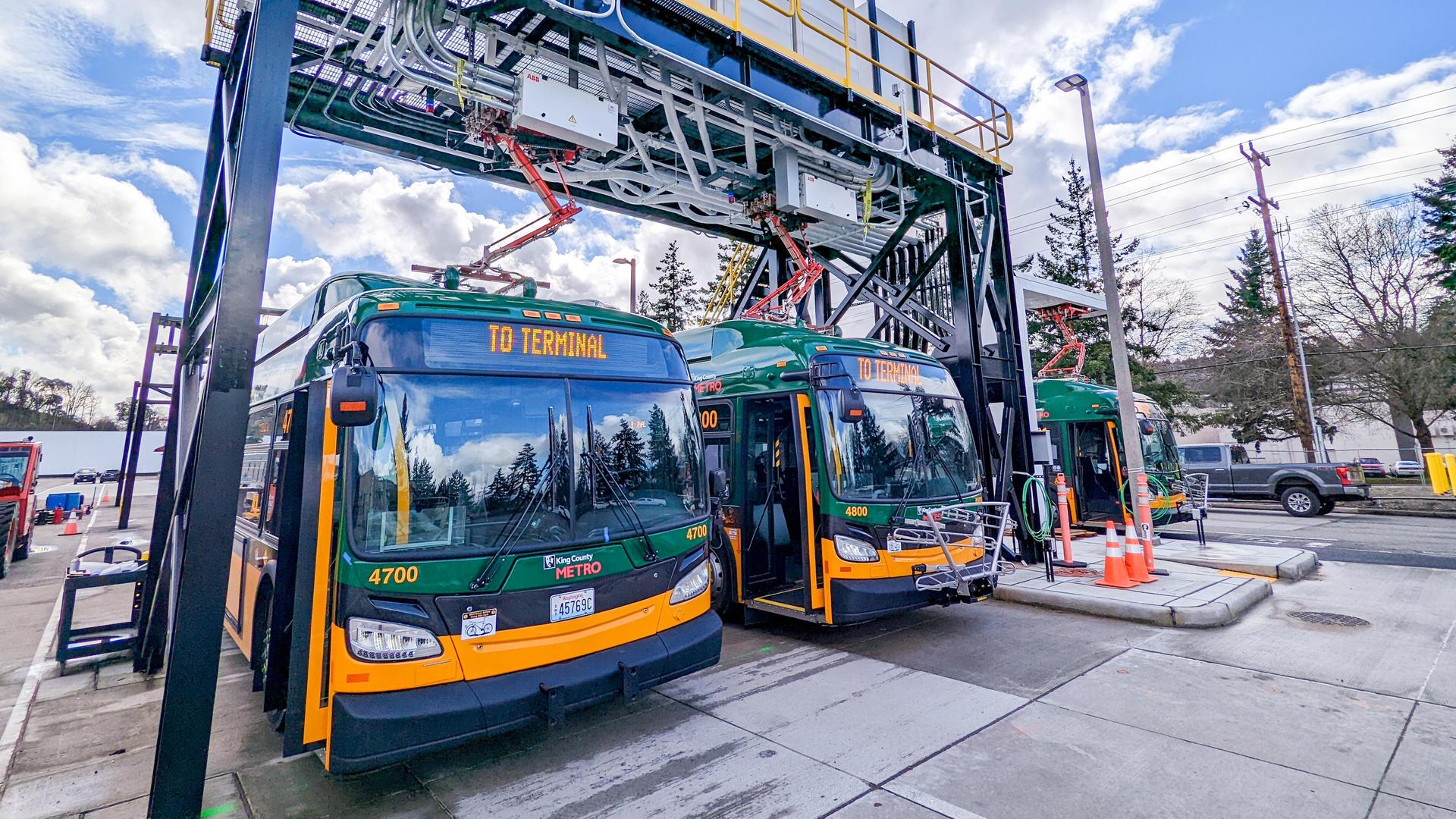
Fleet Electrification & Infrastructure
With a creative engineering and design approach, electric vehicles not only decarbonize transportation but also accelerate charging infrastructure while providing innovation opportunities with technology testing and workforce training, all while ensuring an organization’s carbon and cost reduction goals are met.
Solar Investment Tax Credit
30 percent federal tax credit claimed against the tax liability of commercial and utility (and residential) investors in solar energy property.
IRA Impact
- Extended and raised to 30 percent for projects started or will start construction before end of 2024
- Now available for stand-alone battery and thermal energy storage projects and microgrid systems
- Now available for interconnection costs for projects with a net output below 5 MWac
Other Must-Knows
- Direct pay is available to certain tax-exempt entities, state governments, rural cooperatives
- Building owners can choose only one tax credit
- Both come with “adder” options related to domestic content/materials use and for projects in energy communities, low-income properties and communities previously reliant on the fossil fuel industry
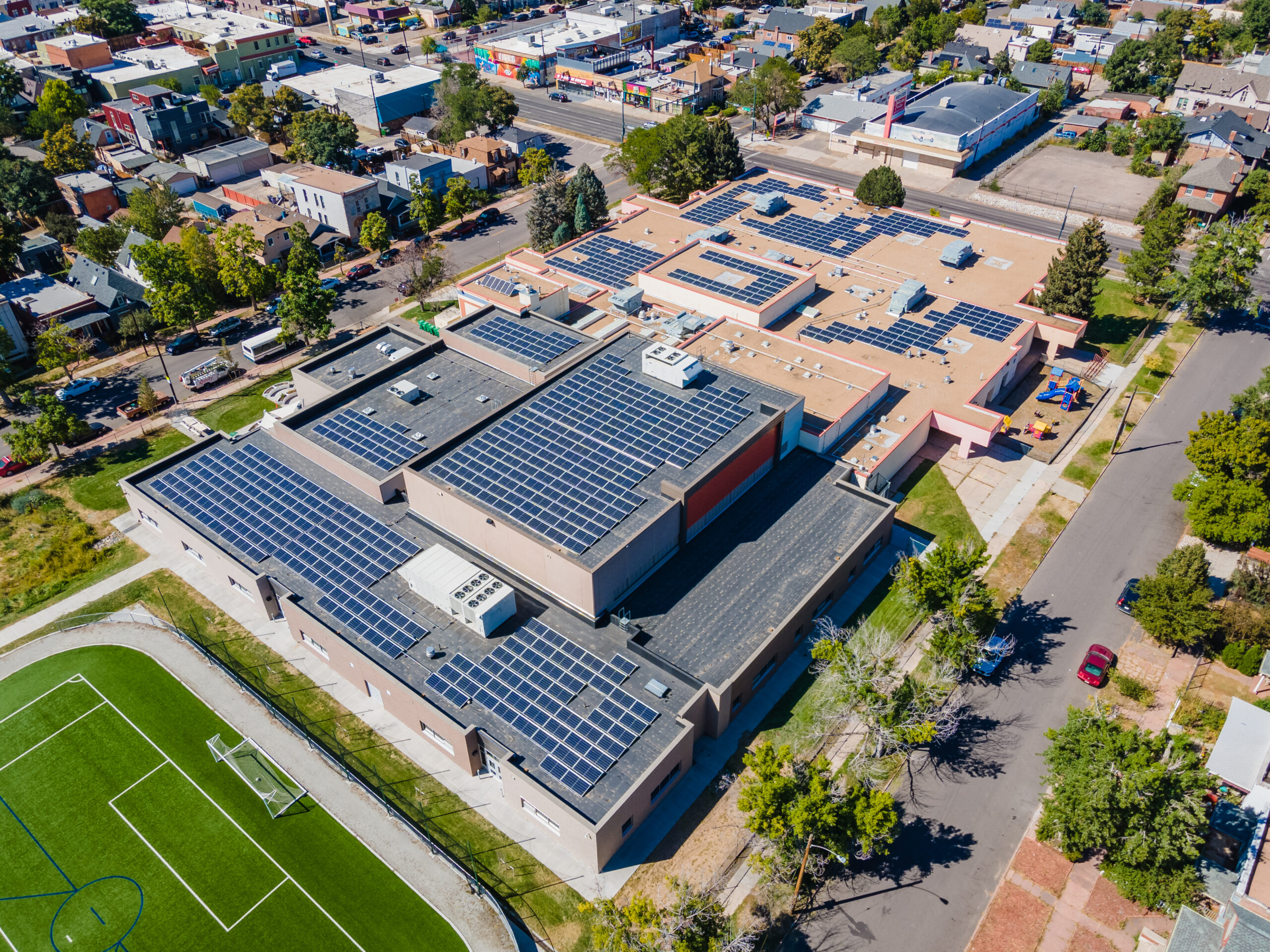
Renewable Energy Production Tax Credit
Per kilowatt-hour (kWh) federal tax credit for electricity generated by qualified renewable energy resources.
IRA Impact
- Expanded to include solar projects
- Owners can choose PTC instead of ITC for greater financial benefit
- Now technology neutral for projects placed in service after 2024
Other Must-Knows
- Direct pay is available to certain tax-exempt entities, state governments, rural cooperatives
- Building owners can choose only one tax credit
- Both come with “adder” options related to domestic content/materials use and for projects in energy communities, low-income properties and communities previously reliant on the fossil fuel industry
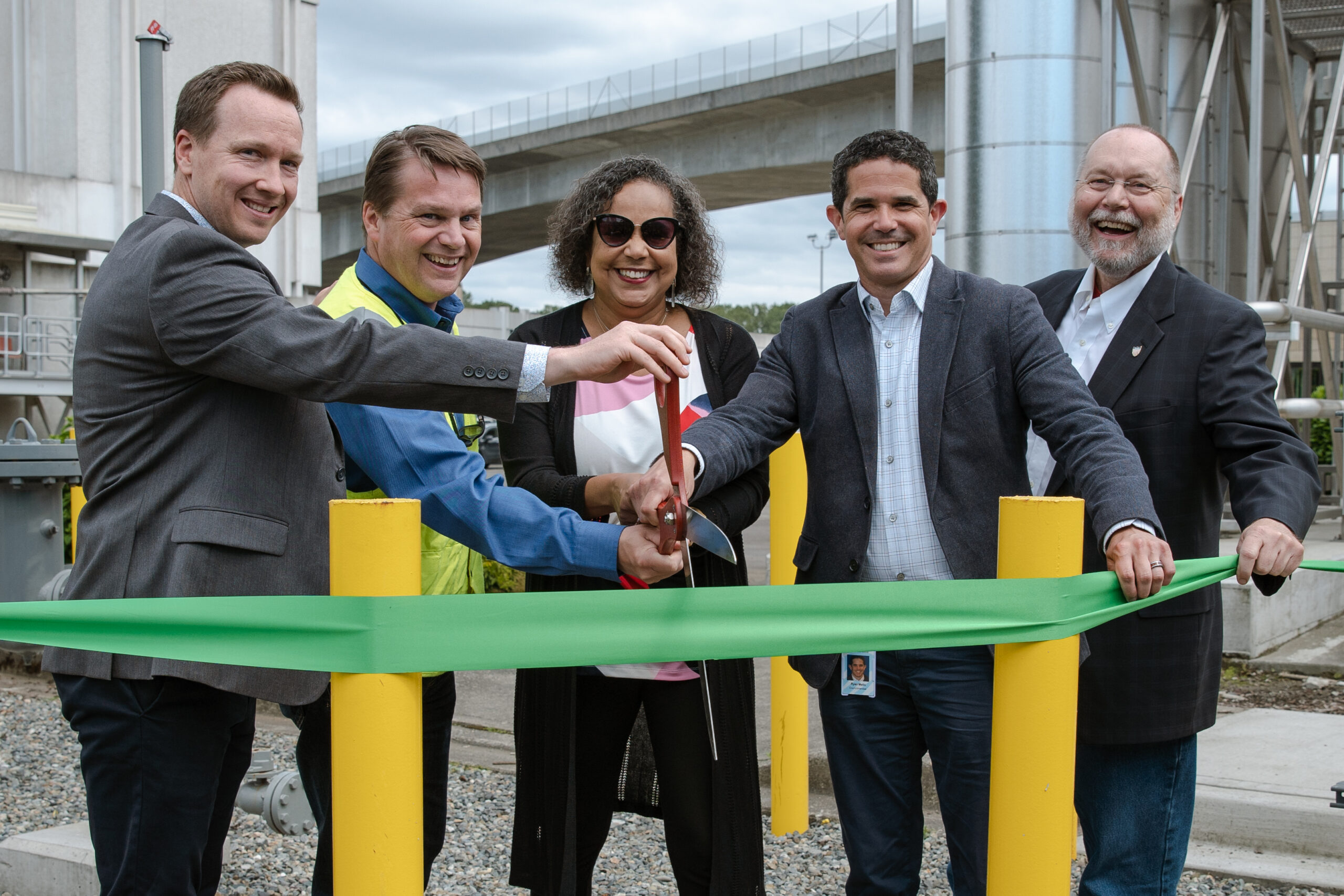
Additional IRA Funding and Grant Opportunities
A competitive grant program, overseen by EPA
For deployment of low- and zero-emissions technologies
Funds available for:
- Nonprofit financing institutions
- 40 percent for low-income and disadvantaged communities
- Establishing state, local and nonprofit programs to install DERs in disadvantaged communities
- State, local and nonprofit organizations to install vehicle charging infrastructure
For states, municipalities and air pollution control agencies
Funding for greenhouse gas pollution planning and implementation of decarbonization and electrification projects
Technical assistance to help K-12 school districts address environmental issues
Grants to reduce air pollution at ports through zero-emissions system adoption
For environmental justice projects that address environmental harms in low-income and disadvantaged communities
Can be applied to pollution monitoring, zero-emission infrastructure, transportation emissions reduction, climate resiliency, pollution prevention and deployment of low- to -zero-emission energy technologies
Loans for renewable energy generation, zero-emission systems and related transmission
Expands program availability to include energy storage systems
Organizational leaders can pursue electric bus and electric vehicle fleet projects
For more information and resources, please visit ourIRA blogor contact us below.
Interested in Learning More?
Please complete the required fields below to learn more about how McKinstry can help your organization achieve its sustainability goals.
FinancialDisclaimer: McKinstry is not engaged in providing legal, tax or financial advice. The information provided herein is intended only to assist you in your decision-making and is broad in scope. Accordingly, before making any final decisions you should consider obtaining additional information and advice from your accountant or other financial advisers who are fully aware of your specific circumstances.
Explore Other News

Denver International Airport Celebrates Earth Day With Bi…
Historic EPC Project progress report shows DEN’s energy and water reductions tracking with Vision 100 Strategic Plan …
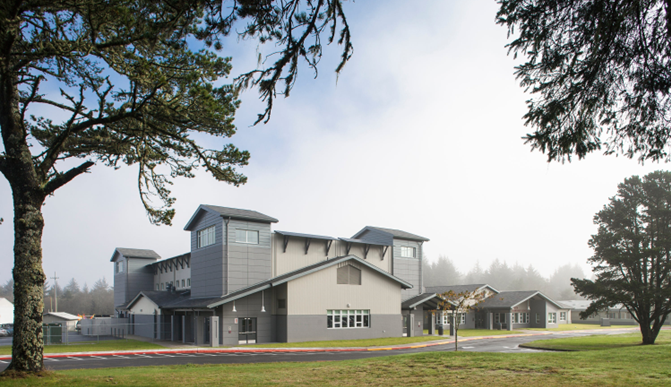
Small Coastal School District Implements Onsite Microgrid
Grays Harbor County, Wash. (April 18, 2024) — Western Washington rural K-12 school district, Ocosta, is partnering wi…

McKinstry Releases 2023 Social Impact Report
SEATTLE, WA — McKinstry today released its 2023 Social Impact Report, highlighting its work to create greater equity …